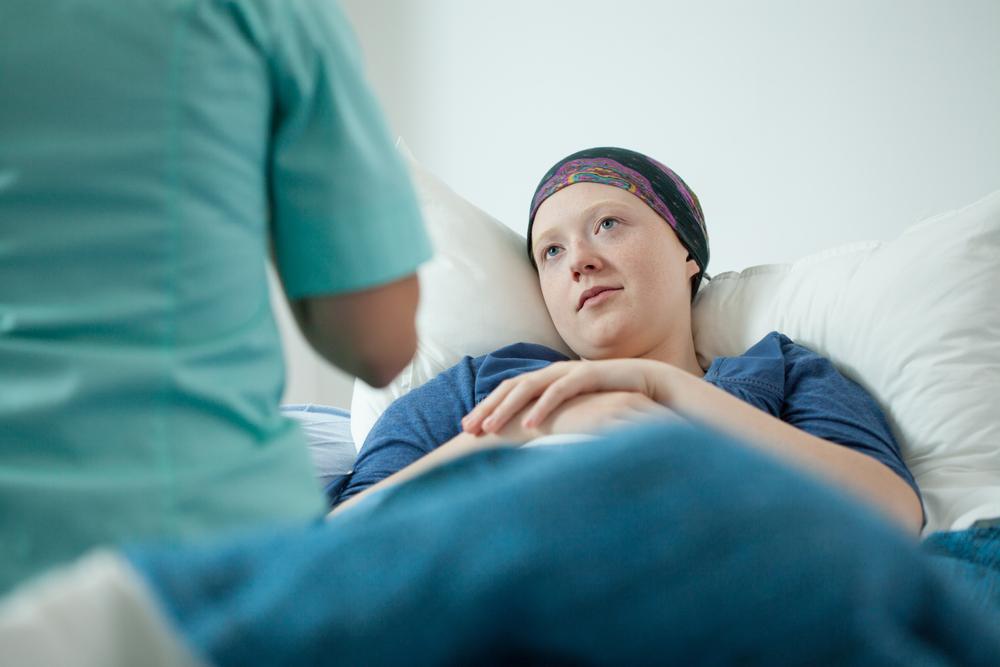Breast Cancer Overview – Types, Stats, Prevention, Symptoms
Breast cancer is one of the leading causes of cancer death. An estimated one in eight women in the country will develop breast cancer, making it the most common form of cell mutation. In cancer, cells generally tend to grow out of control to form a tumor.
Ductal carcinoma is a common type of breast cancer. The breast is made up of lobule glands that produce milk and a network of thin tubes that carry the milk to the nipples. Ductal carcinoma leads to abnormal growth of cancerous cells in the ducts and surrounding glands. When cancer spreads to nearby tissues and organs, the resulting condition is called an invasive ductal carcinoma.

Causes and risk factors associated with breast cancer
In most cases of breast cancer, the risk factors cannot be influenced or controlled. For example, consumption of alcohol is a risk factor that can be modified and controlled to a great extent. However, your age cannot be influenced to reduce the chances of developing cancer.
Other risk factors include your family history or personal history of breast cancer, benign conditions like atypical hyperplasia, irregular menstrual cycle, and menopause. Consumption of alcohol, prolonged use of oral contraceptives, obesity, exposure to radiation during treatments, and certain genetic factors also increase the chances of being diagnosed with breast cancer.
Common symptoms of breast cancer
- A hard lump in the breast or near the armpit
- Visible changes in breast shape and size
- Changes in the appearance of the breast skin
- Pain in the general area
- Inverted nipples
- A clear or bloody discharge from the nipples
- Swollen lymph nodes under the arm or collarbone
Types of breast cancer
Different types of breast cancer affect different areas of the breast, including the lobules, ducts, and even the tissue in between.
- Ductal carcinoma in situ (DCIS)
One of the most common types of noninvasive cancer where the cells haven’t spread outside of the affected area - Invasive ductal cancer (IDC)
This is a common type of highly invasive cancer that spreads the cancerous cells to nearby organs - Invasive lobular carcinoma (ILC)
A type of breast cancer that mainly affects the milk-producing lobules - Lobular carcinoma in situ (LCIS)
A collection of abnormal cells in the breast, that can lead to developing symptoms of breast cancer in the future - Inflammatory breast cancer (IBC)
IBC is a rare type of breast cancer that exhibits aggressive inflammatory symptoms.
Other subtypes include hormone receptor-positive breast cancer, HER2-positive breast cancer, triple negative breast cancer, and triple positive breast cancer.
Prevention of breast cancer
Making certain lifestyle changes will help reduce the risk factors that cause breast cancer.
- You should discuss and find out more about breast cancer screening and tests with a doctor
- Increase your awareness by educating yourself
- Plan a healthy diet regime and incorporate more plant-based food sources
- Exercise regularly to maintain a healthy weight
- Avoid alcohol consumption
Current statistics on breast cancer
This year, an estimate of 266,120 new cases of invasive breast cancer may be diagnosed in women. Invasive breast cancer also affects one in a thousand men, with 2550 new case estimates this year. Gender and age have been identified as the most significant risk factors that cause breast cancer.

